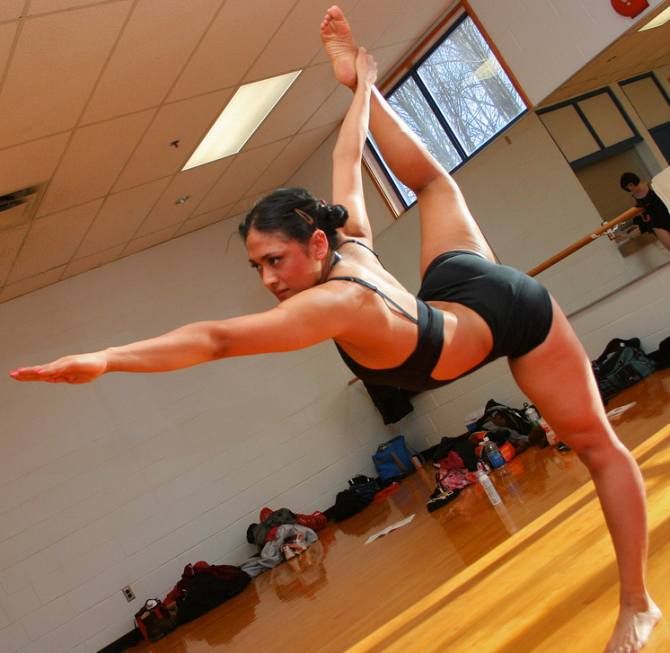There are three major muscles in our buttock region and these are among the largest and strongest muscles in the body.
A stronger rear prevents you from lower back ache and improves your posture and balance.

Having a shapely and toned butt has more to do with our posture, stability and the ability to jump, land and sprint than just being a matter of sex appeal.
It increases our ability to sprint, squat, climb and swing.
In athletes, it improves performance and prevents injuries of the back, knee and thigh muscles. In non-athletes, a strong rear prevents lower back and patella-related knee pain.
There are three major muscles in our buttock region and these are among the largest and strongest muscles in the body.
By properly activating and strengthening these muscles, one can acquire a pleasing upright posture. But the butt also has a habit of being lazy and forgetful, which is how the term "lazy bum" or "gluteal amnesia" gained prominence.
Pro-longed sitting and inadequate focus on strengthening one's glutes (large skeletal muscles that form the buttock and move the thigh) during workout is the major reason for gluteal amnesia.
Contracting one's bum muscles while sitting on a chair in office can help in keeping one's glutes active. Incorporating some simple exercises as part of our gym workout can also increase their strength and power capacity.
Simple exercises like bridging, donkey kicks and clams help to activate our glutes.
Once the muscles start firing, there is an increased improvement in one's motor patterns after which one can incorporate slightly tougher exercises such as sideways walks, single leg bridges and lunges to the routine.
Properly activated and positioned squats, along with dead lifts, reverse and side planks, will also help increase one's inbuilt levels of acceleration and deceleration.
It is recommended to work out the rear muscles at least once a week, depending upon one's accustomed levels of training as well as general health.
It is always wise to consult a doctor, physiotherapist or trainer before starting any new set of exercises to help prevent soreness and muscle injuries.
Lead image used for representational purposes only. Image: Sombilon Photography/Creative Commons
The author Gagan Kapoor is head of physiotherapy services, HealthCare at Home India.











